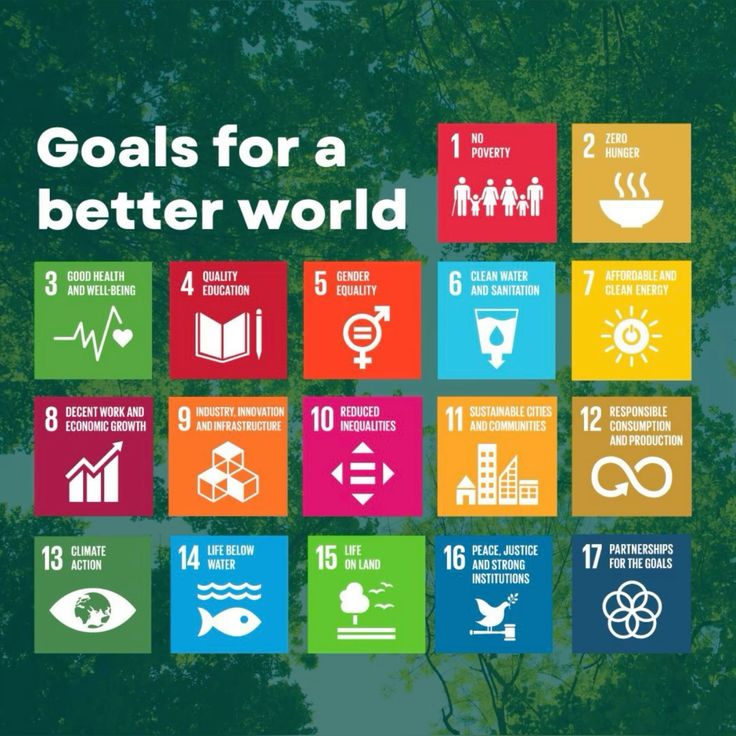One of the very first articles on my blog explored Global Challenges, where I discussed how the United Nations’ Sustainable Development Goals (SDGs) were designed to confront and overcome them.
Now, as we stand in November 2025, it is evident that we are still far from achieving those ambitions. It’s heartbreaking to witness the decline of empathy in governance and the failure of global policymakers to act with true responsibility.
Sometimes I wonder — would the world be better if the powerful had empathy, or if the empathetic held power? Perhaps neither guarantees a solution. The lines of accountability have blurred, and it’s increasingly difficult to know where to place the blame.
I admit, even in my own life, I’ve failed to sustain many mindful changes I once promised myself. Yet, I continue to strive for awareness and improvement — because that effort, however small, still matters.
With that hopeful inclination, I wish to revisit the 17 Sustainable Development Goals — to see where we stand, where we’ve faltered, and how we might still improve — as briefly as possible for today’s fast-paced readers. Later, I’ll delve deeper into each goal in individual blog posts.
Overview of the 17 SDGs and Our Progress (as of 2025)
1. No Poverty
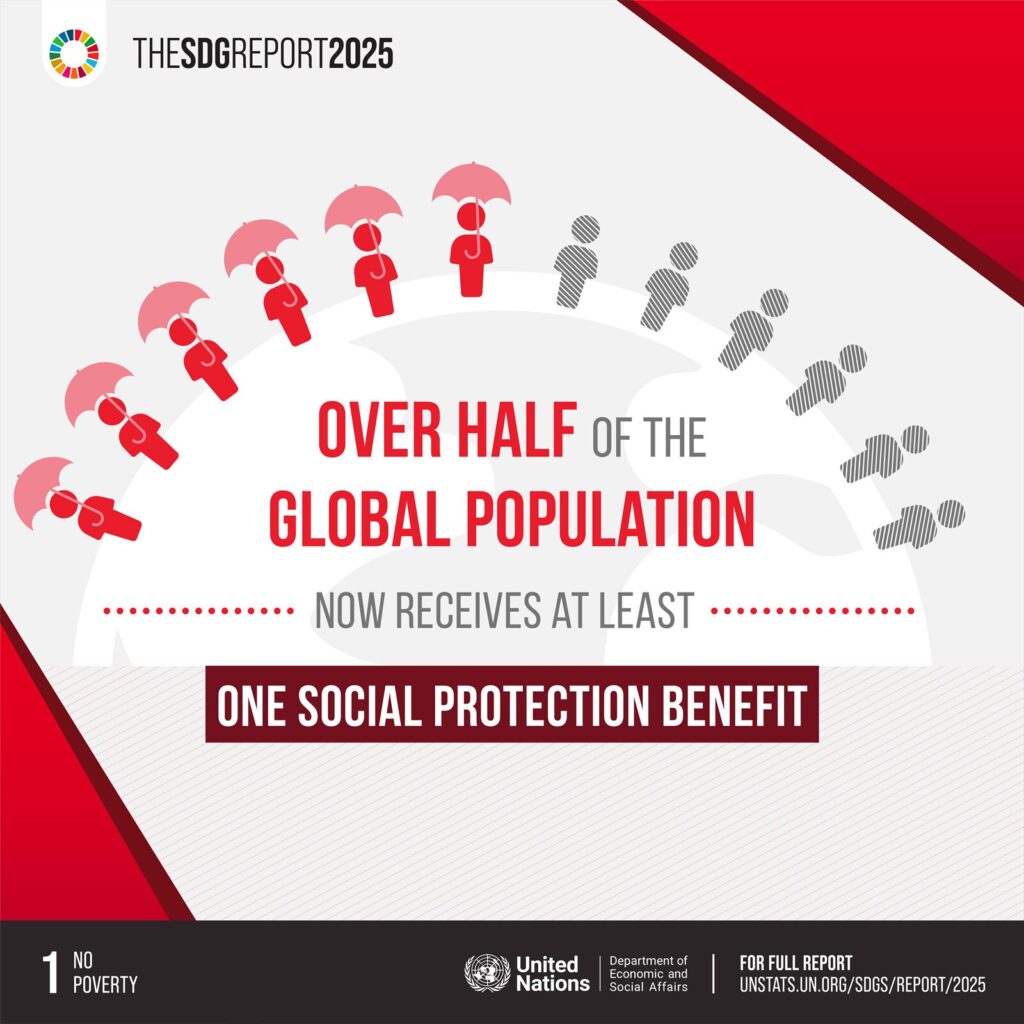
Aim: End poverty in all forms, everywhere.
Progress: Extreme poverty has declined, but over 700 million people still live below the poverty line.
The Way Forward: Expand job creation, invest in education, and strengthen social protection systems.
2. Zero Hunger

Aim: End hunger and ensure access to safe, nutritious food for all.
Progress: Hunger is rising globally; conflicts and climate shocks are worsening food insecurity.
The Way Forward: Support sustainable agriculture, reduce food waste, and improve global food distribution.
3. Good Health and Well-being
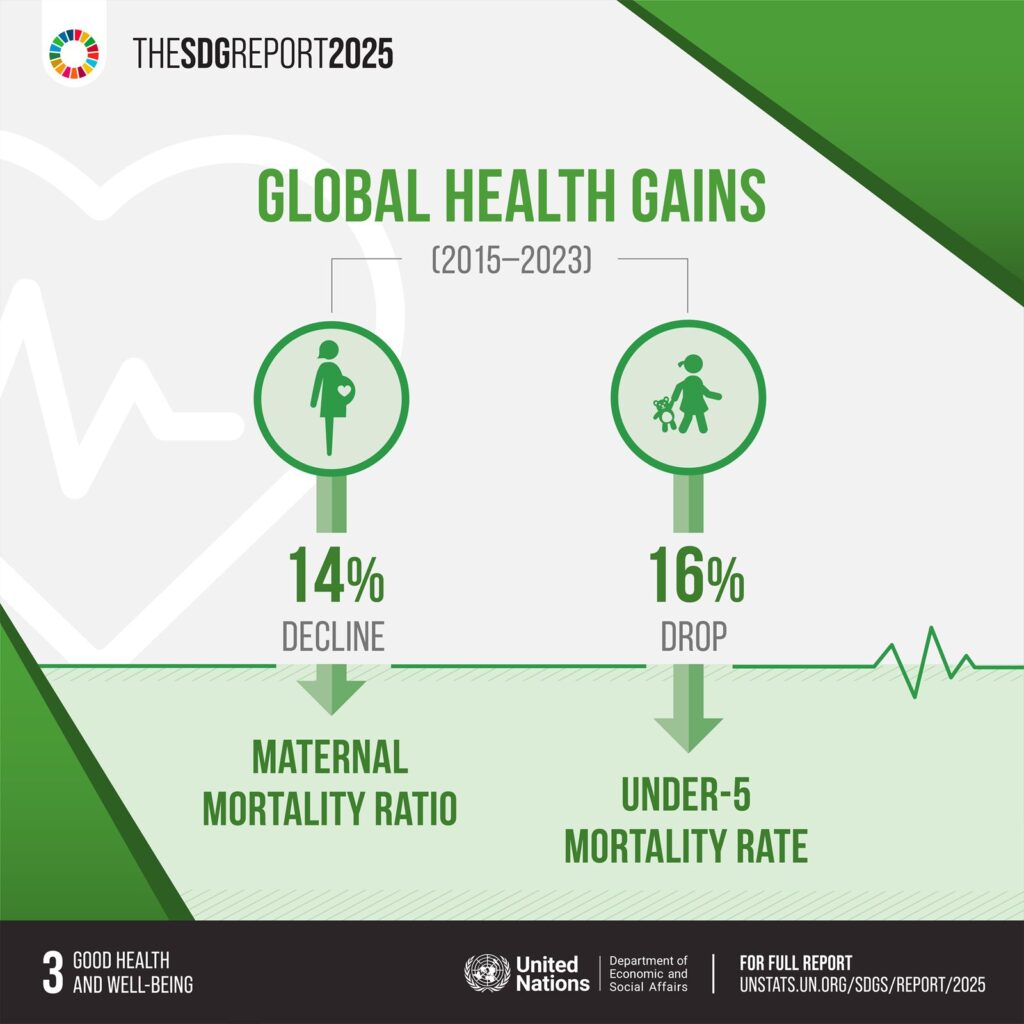
Aim: Ensure healthy lives and promote well-being for all ages.
Progress: Mortality rates have improved, but health care access remains unequal.
The Way Forward: Strengthen universal health systems and invest in preventive and mental health care.
4. Quality Education
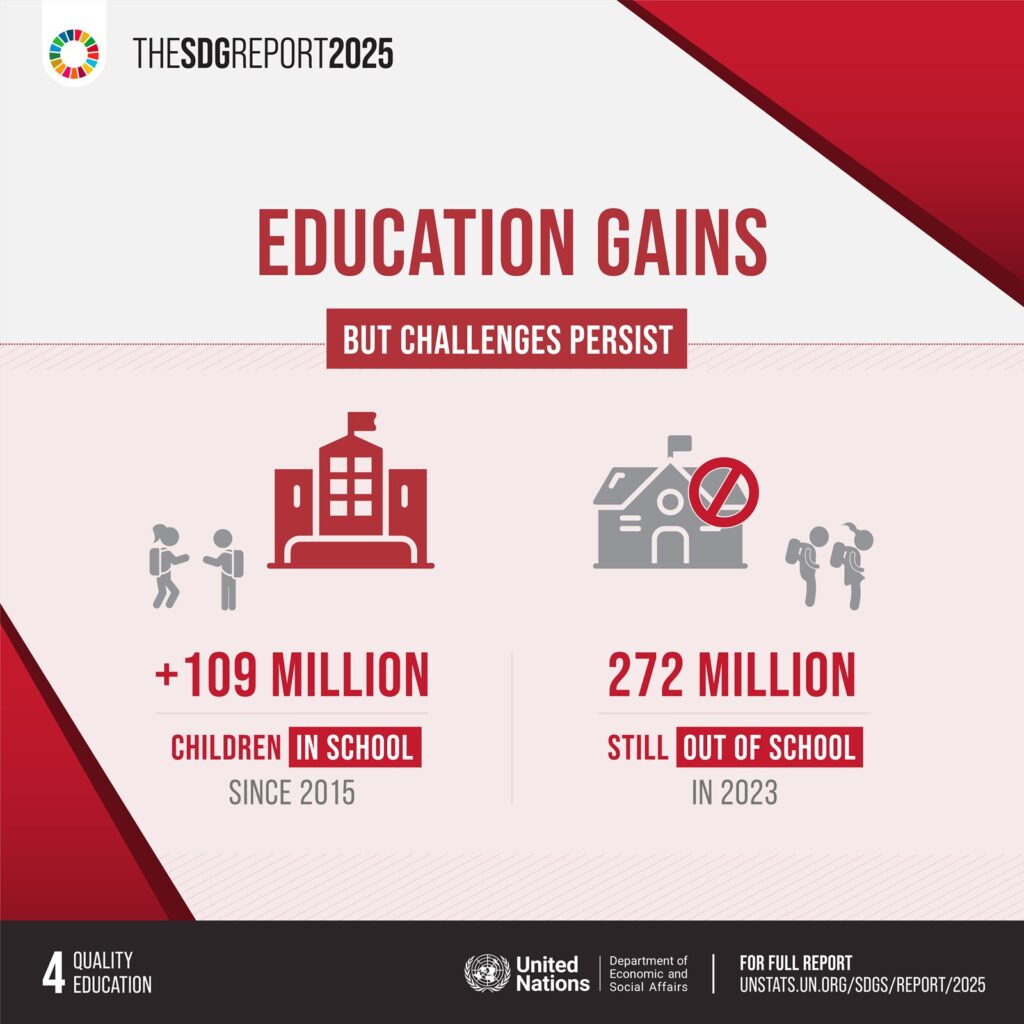
Aim: Provide inclusive, equitable, and quality education for all.
Progress: Enrollment is high, but learning quality and teacher shortages persist.
The Way Forward: Increase funding for education, train teachers, and leverage technology for broader access.
5. Gender Equality
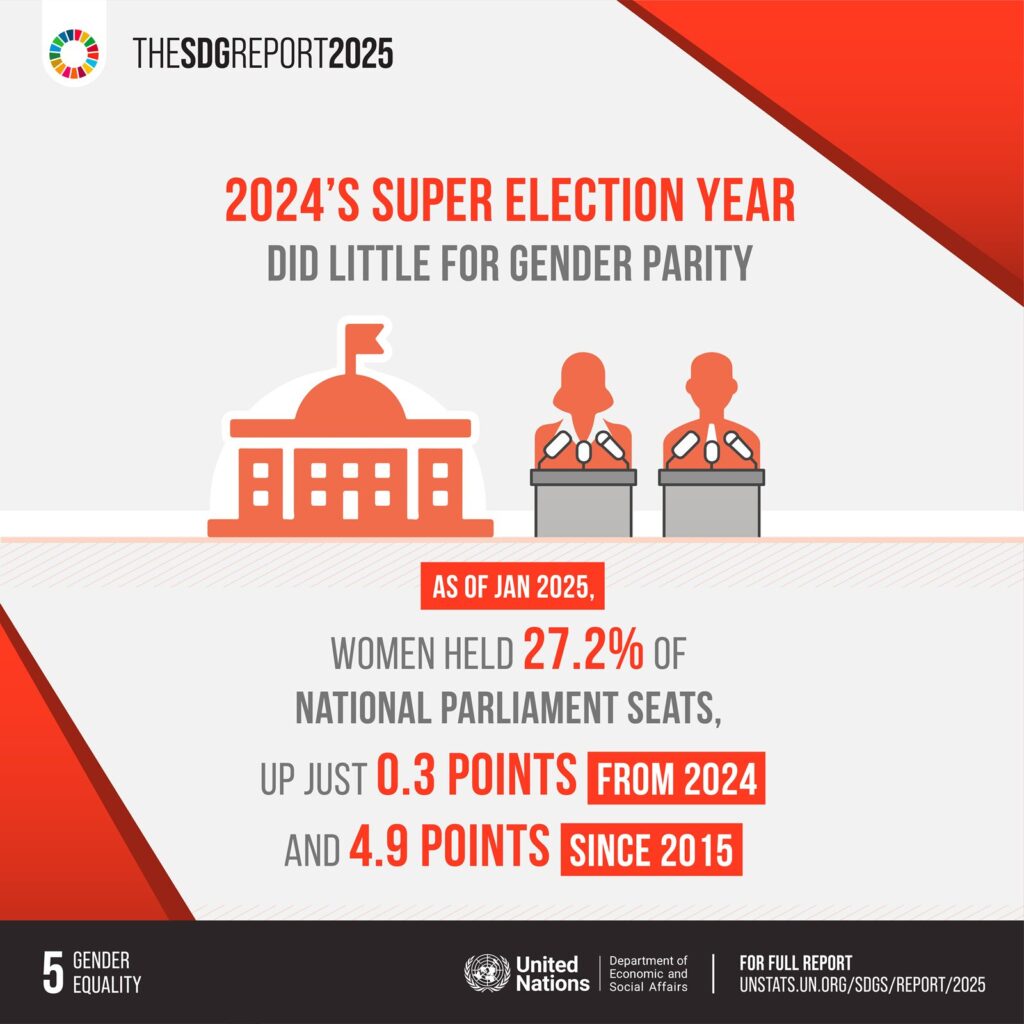
Aim: Empower all women and girls and eliminate discrimination.
Progress: Legal reforms exist, but gender-based violence and inequality persist.
The Way Forward: Enforce equality laws, support women’s leadership, and challenge cultural biases.
6. Clean Water and Sanitation
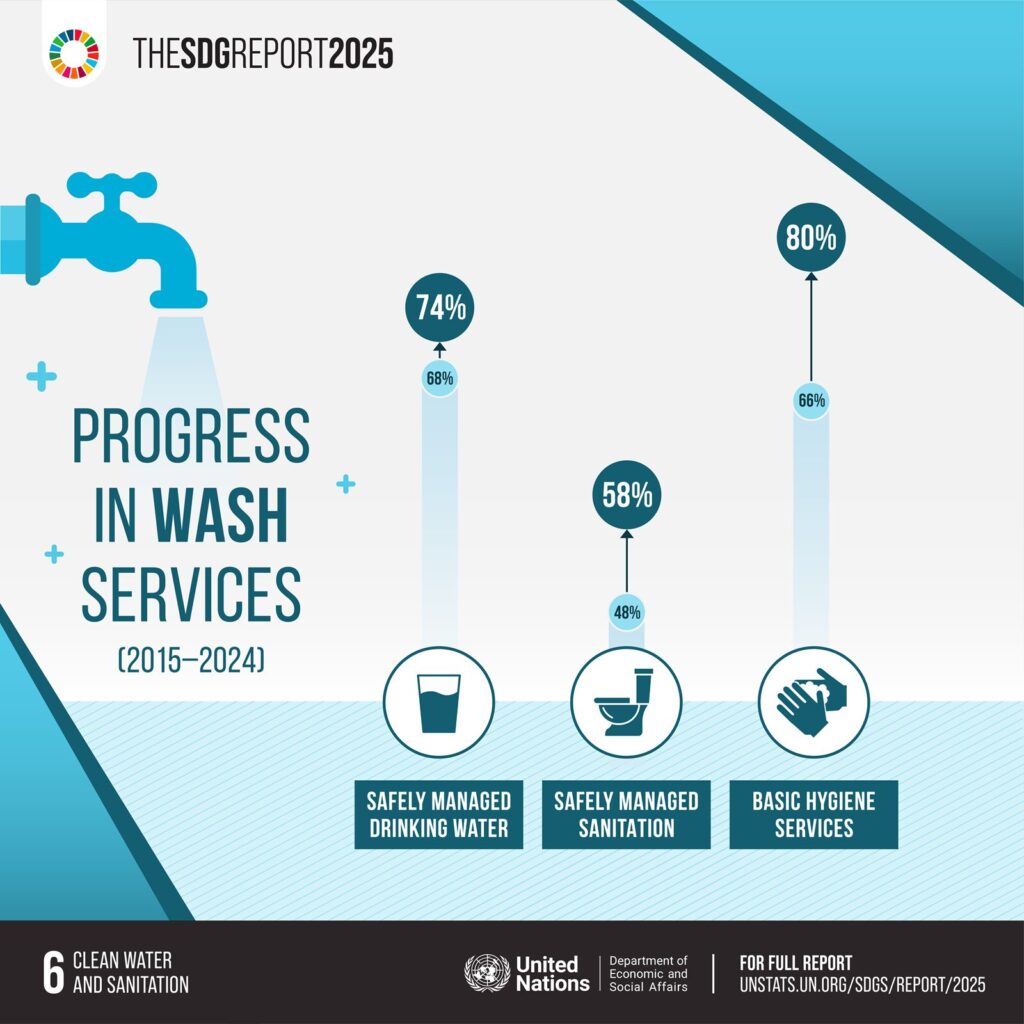
Aim: Ensure access to safe water and sanitation for all.
Progress: Billions still lack clean water and proper sanitation.
The Way Forward: Invest in water infrastructure, protect freshwater ecosystems, and promote hygiene education.
7. Affordable and Clean Energy
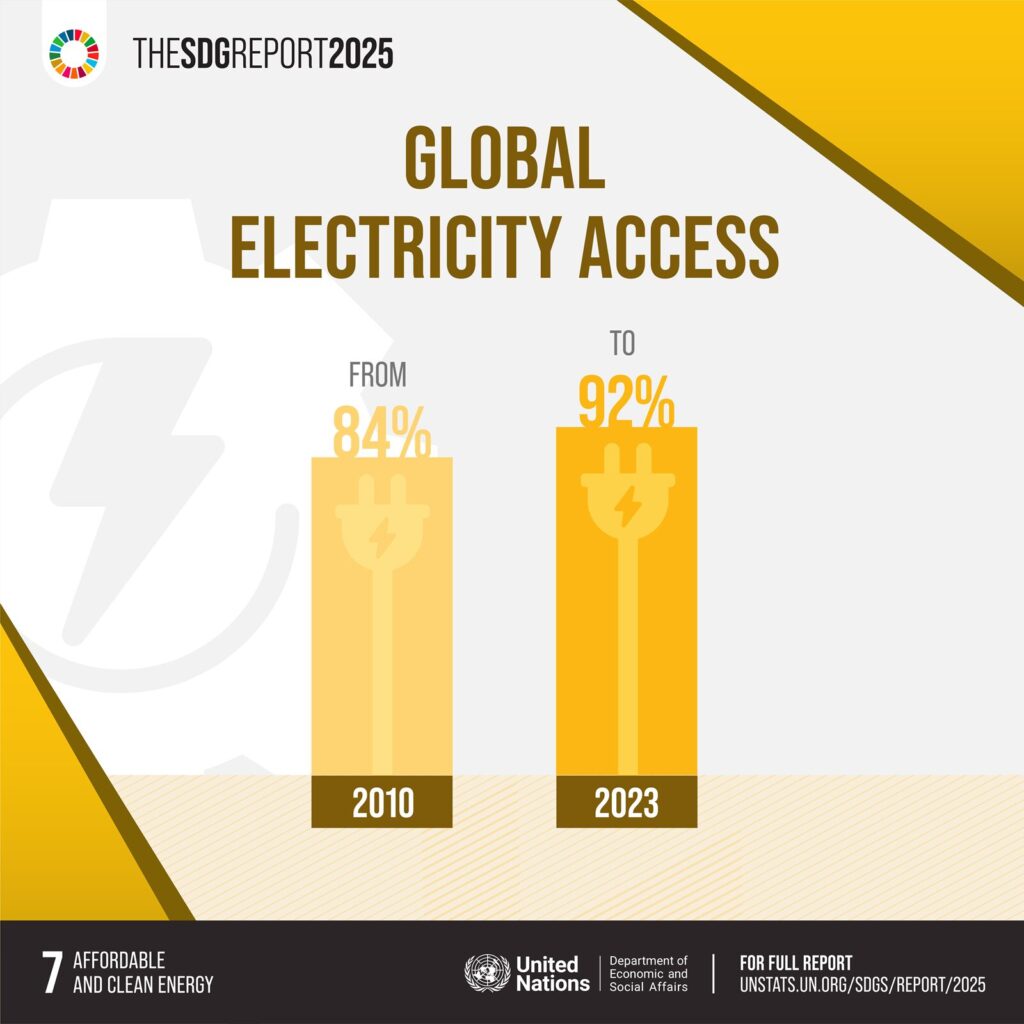
Aim: Ensure access to affordable, reliable, and modern energy.
Progress: Global electricity access reached 92%, but clean energy investment is lagging.
The Way Forward: Scale up renewables, subsidize clean technologies, and improve energy efficiency.
8. Decent Work and Economic Growth
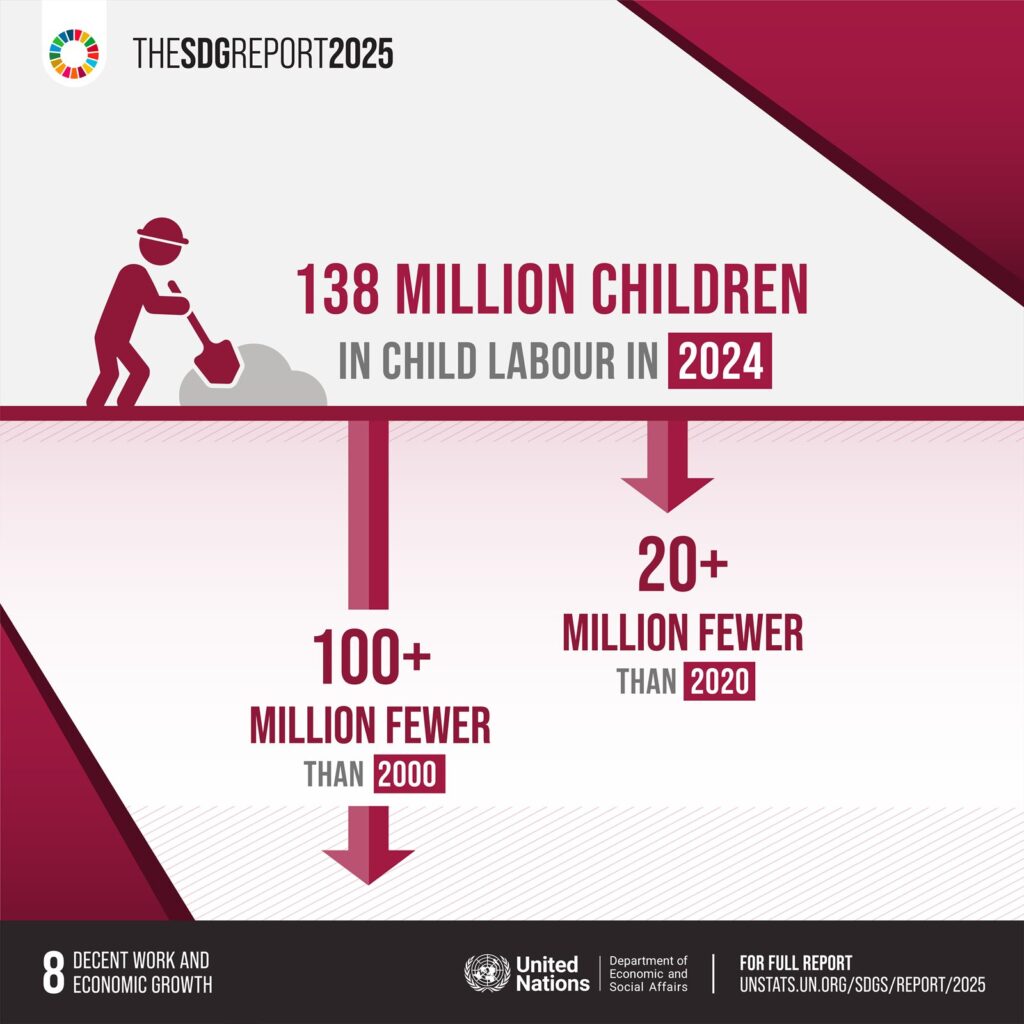
Aim: Promote sustained, inclusive, and sustainable economic growth.
Progress: Recovery from COVID-19 is uneven; informal work remains widespread.
The Way Forward: Invest in green jobs, support entrepreneurship, and strengthen labor rights.
9. Industry, Innovation, and Infrastructure
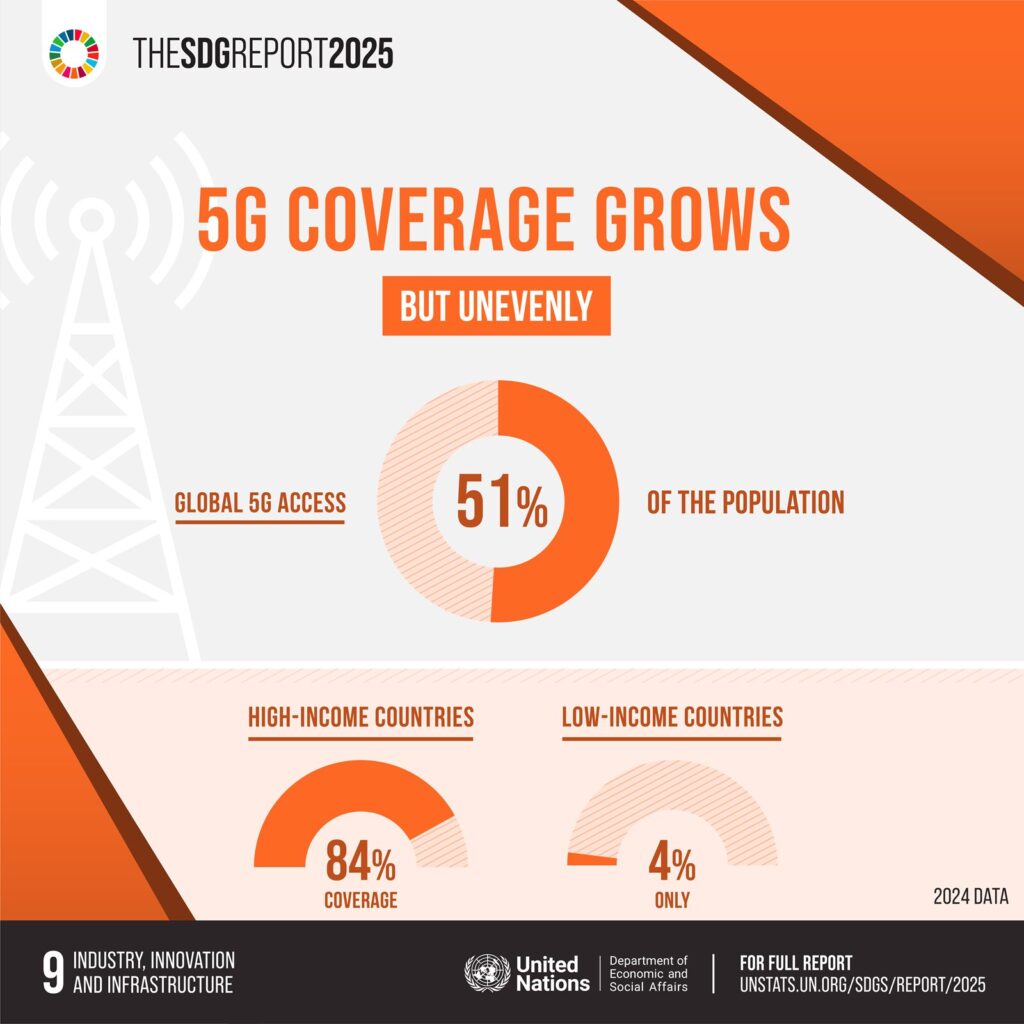
Aim: Build resilient infrastructure and foster innovation.
Progress: Industrial and digital growth is uneven across regions.
The Way Forward: Boost R&D funding, support small industries, and expand digital connectivity.
10. Reduced Inequalities
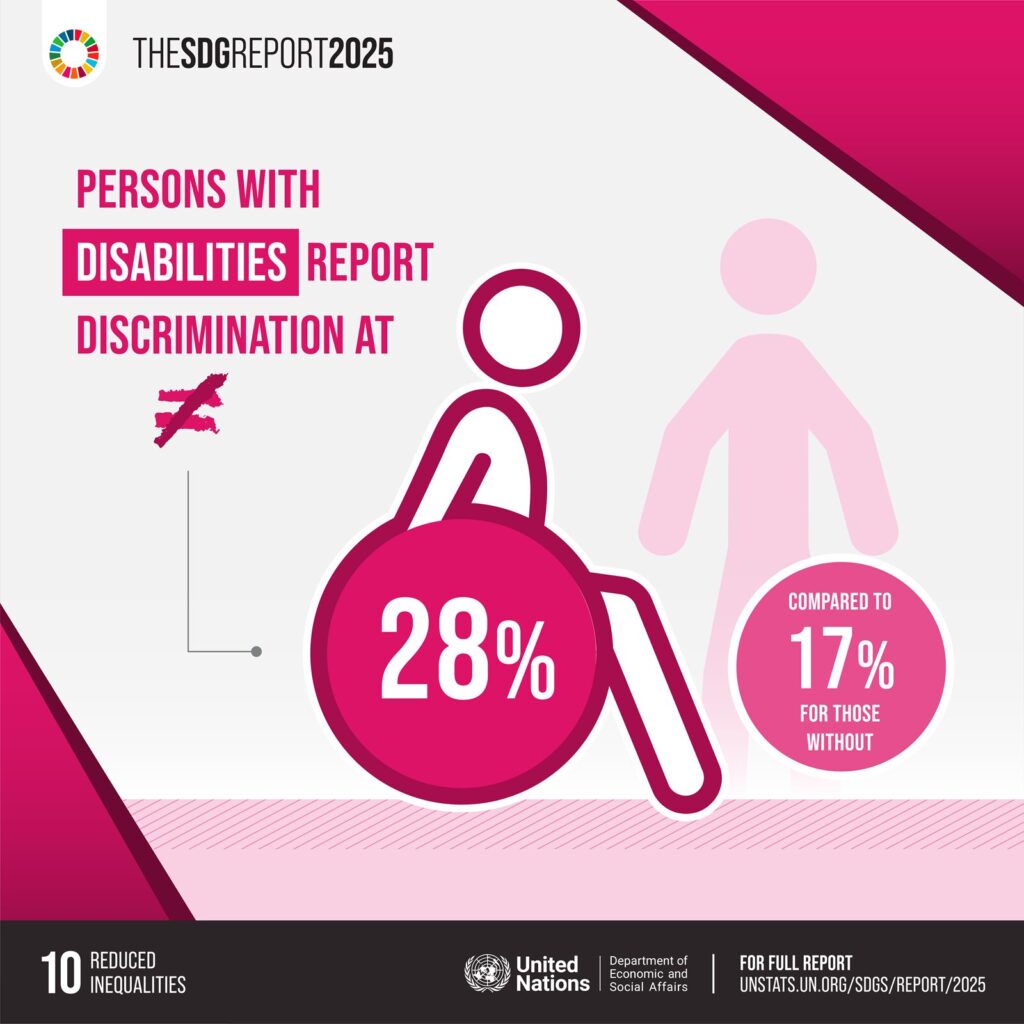
Aim: Reduce inequality within and among countries.
Progress: Wealth gaps are widening globally.
The Way Forward: Reform fiscal policies, expand access to education and health care, and empower marginalized groups.
11. Sustainable Cities and Communities
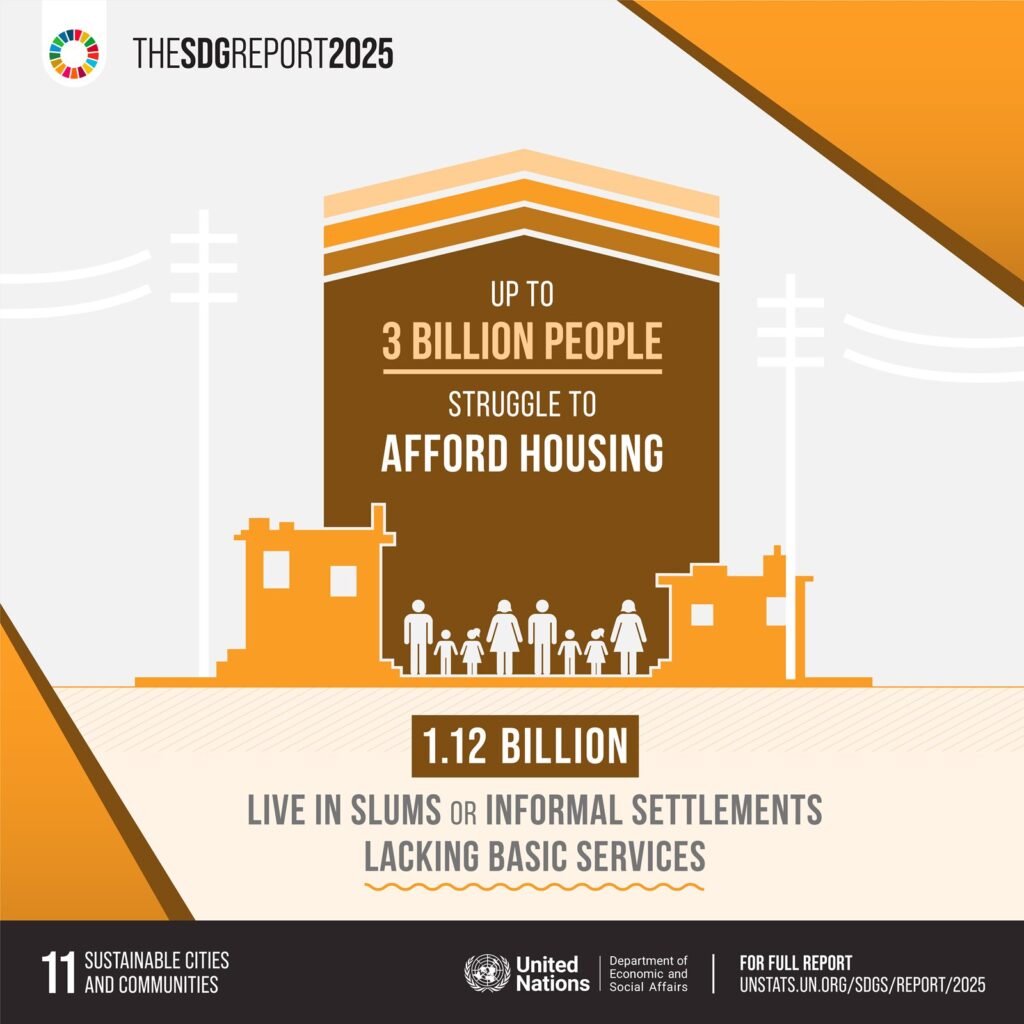
Aim: Make cities inclusive, safe, resilient, and sustainable.
Progress: Rapid urbanization strains housing, transport, and infrastructure.
The Way Forward: Promote affordable housing, green urban planning, and local community engagement.
12. Responsible Consumption and Production
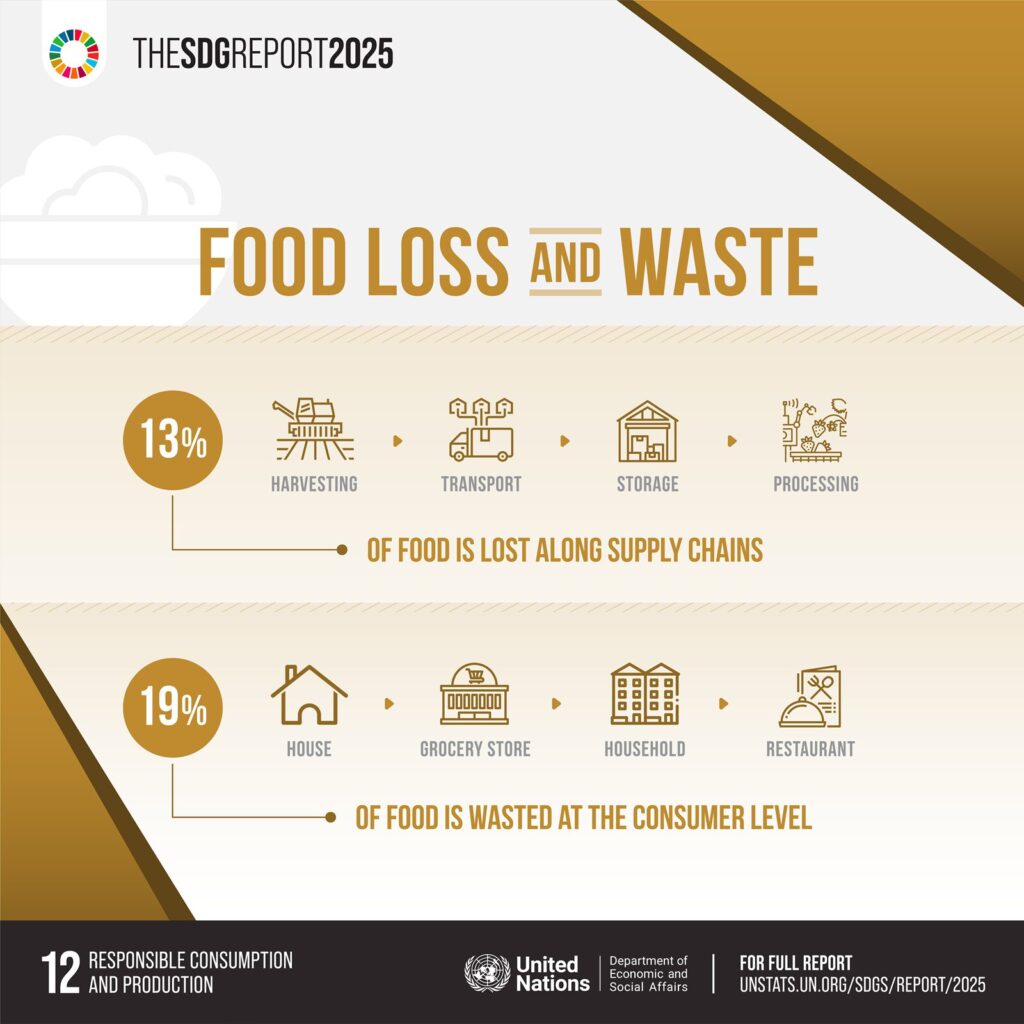
Aim: Ensure sustainable consumption and production patterns.
Progress: Awareness is growing, but waste and emissions remain high.
The Way Forward: Encourage circular economies, reduce waste, and promote sustainable business practices.
13. Climate Action
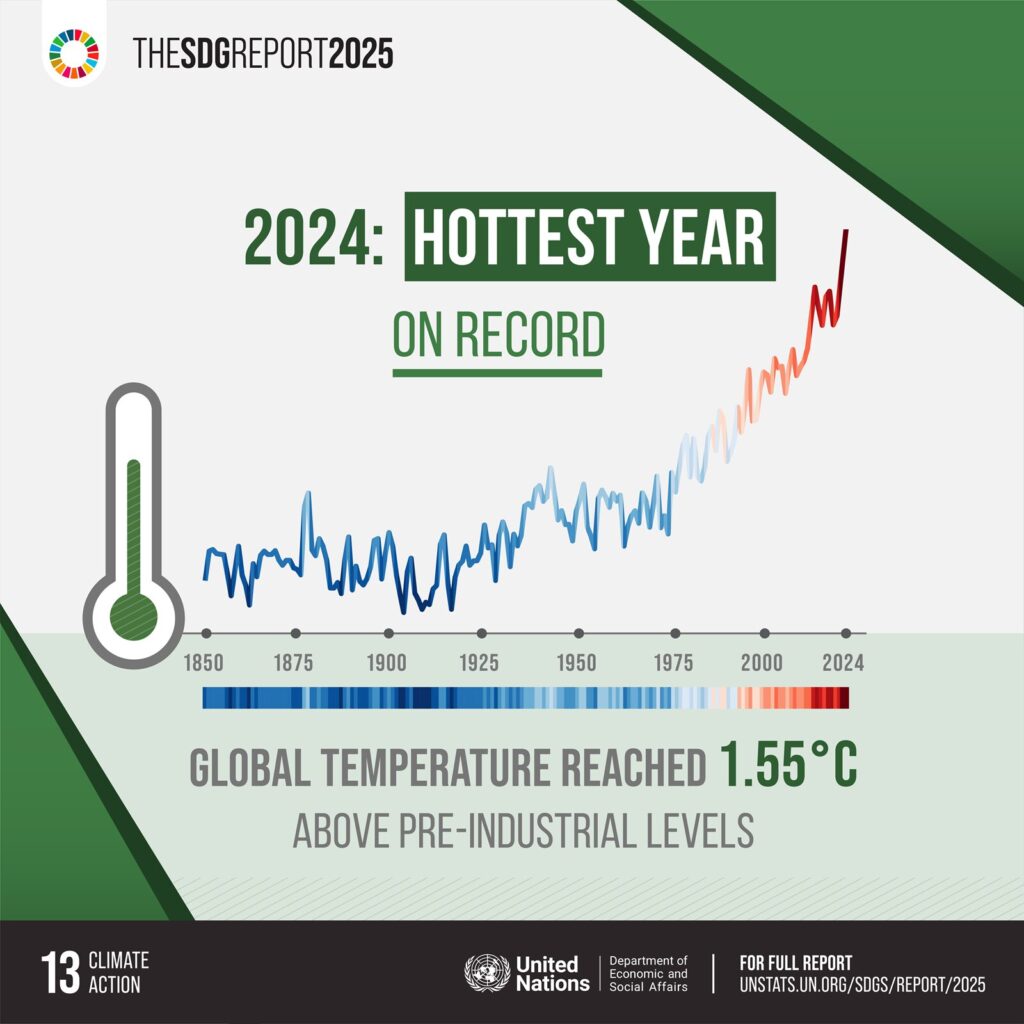
Aim: Combat climate change and its impacts.
Progress: Global emissions reached record highs; urgent action is needed.
The Way Forward: Phase out fossil fuels, invest in renewable energy, and enhance climate resilience.
14. Life Below Water

Aim: Conserve oceans, seas, and marine resources.
Progress: Overfishing and pollution continue to damage marine ecosystems.
The Way Forward: Strengthen marine protection laws and reduce plastic and chemical pollution.
15. Life on Land

Aim: Protect, restore, and promote sustainable use of terrestrial ecosystems.
Progress: Deforestation and biodiversity loss are accelerating.
The Way Forward: Enforce anti-deforestation policies and invest in ecosystem restoration.
16. Peace, Justice, and Strong Institutions
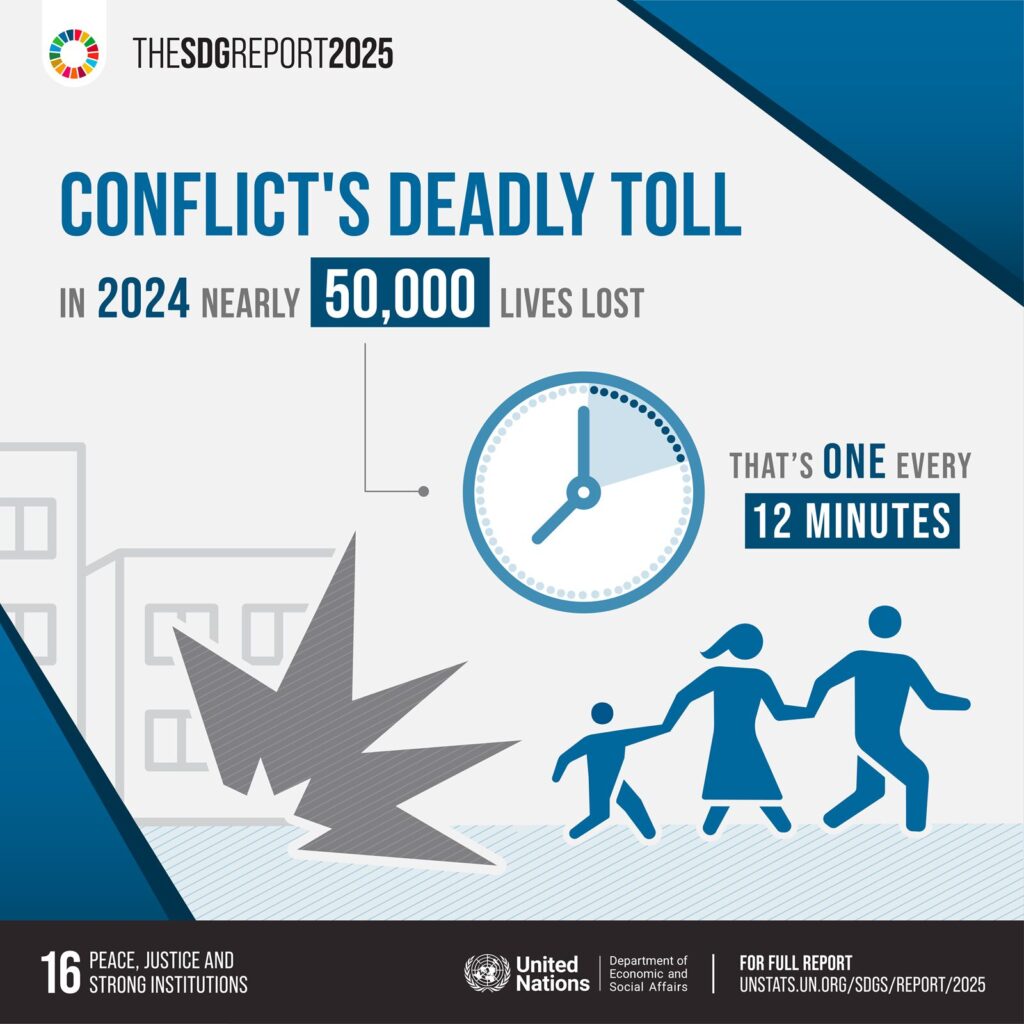
Aim: Promote peaceful and inclusive societies.
Progress: Conflicts and corruption continue to threaten stability.
The Way Forward: Strengthen governance, uphold justice, and support transparent institutions.
17. Partnerships for the Goals
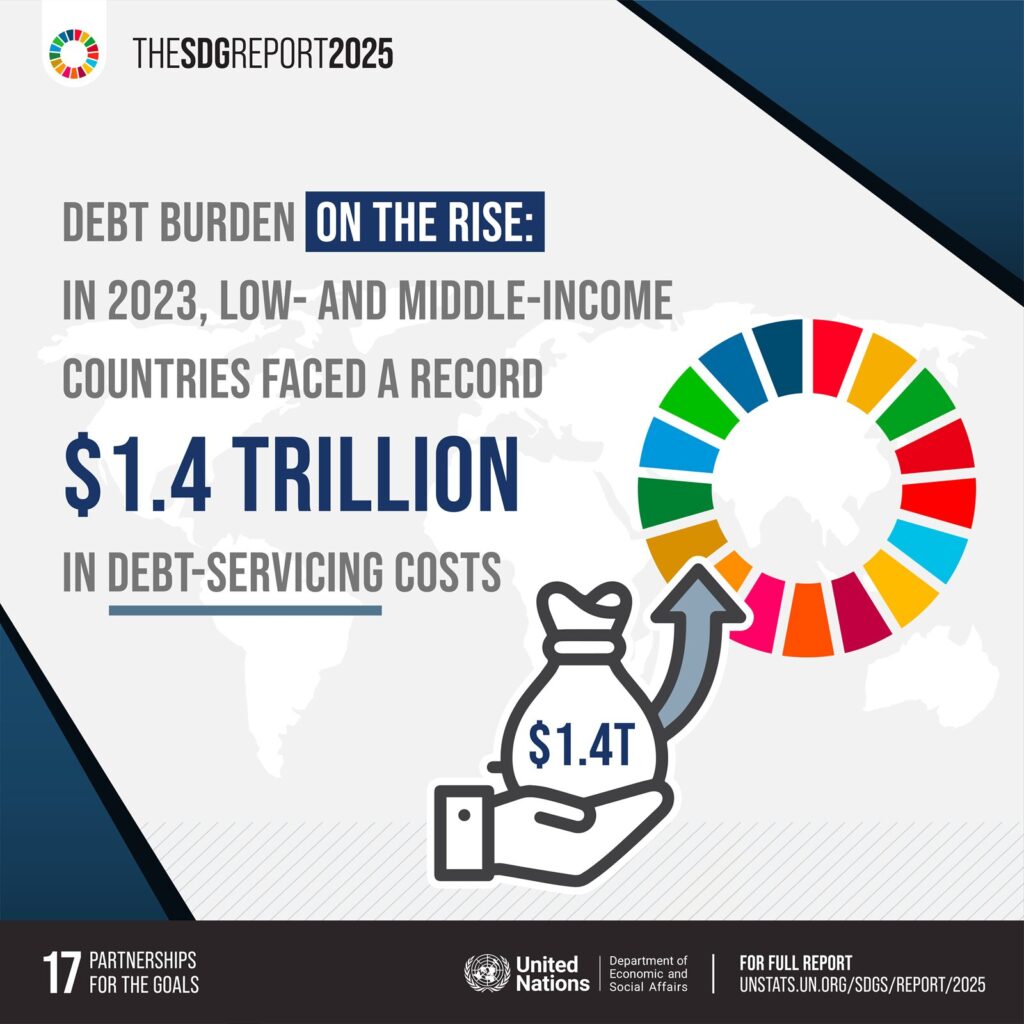
Aim: Revitalize global partnerships for sustainable development.
Progress: Financing gaps and debt burdens persist; cooperation is uneven.
The Way Forward: Enhance international collaboration, bridge the digital divide, and expand development financing.
Conclusion — Reflections from the 2025 SDG Report
The UN Sustainable Development Goals Report 2025 offers a sobering reality check. A decade of progress has lifted millions and advanced education, health, and digital access. Yet, the pace is far too slow to meet the 2030 deadline.
Conflict, climate chaos, inequality, and debt burdens are holding humanity back. Still, countries that have focused on renewable energy, education, and governance reforms prove that real progress is possible.
With only five years left, the world must act collectively — not just through policies, but through empathy, innovation, and accountability. The SDGs remain our shared roadmap, and while hope alone won’t save us, hope combined with action still can.
